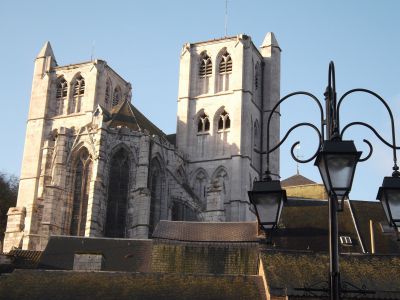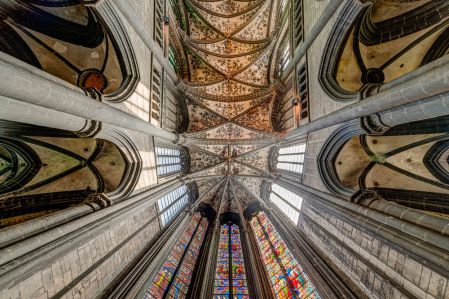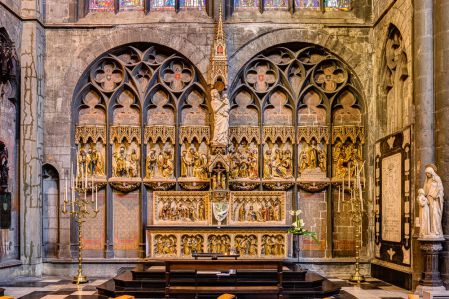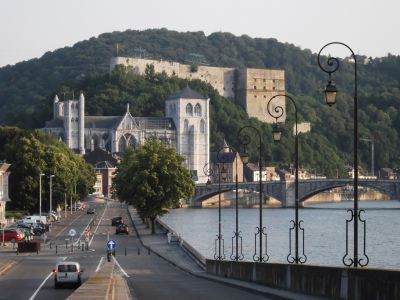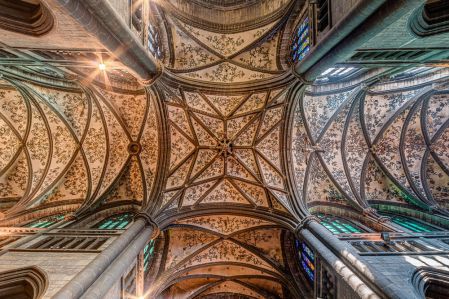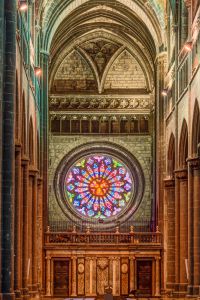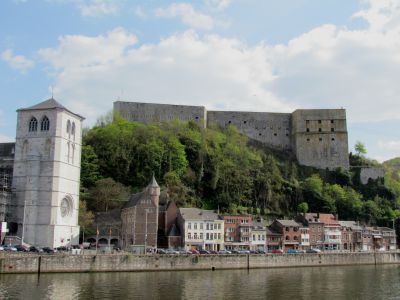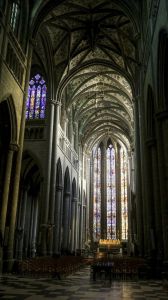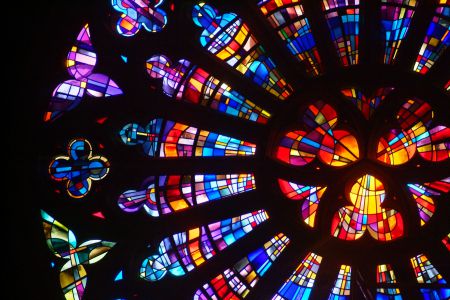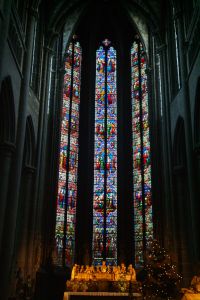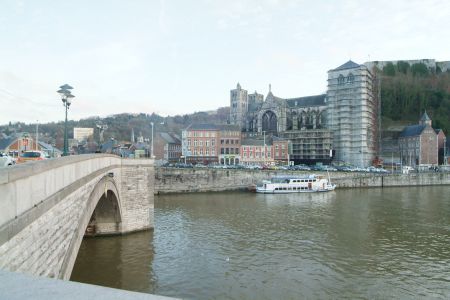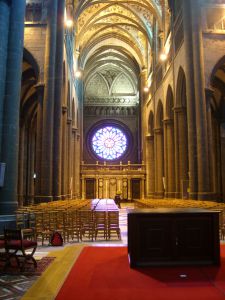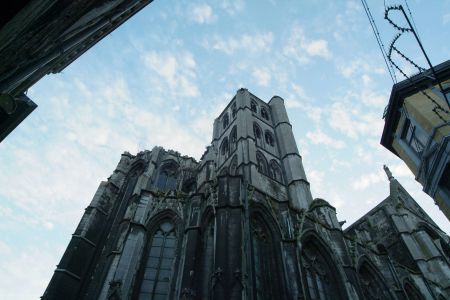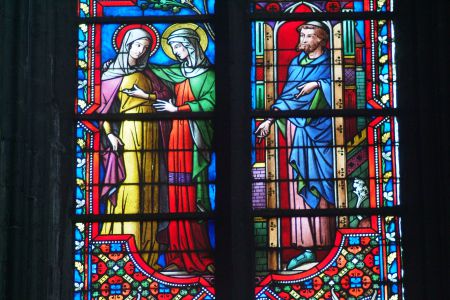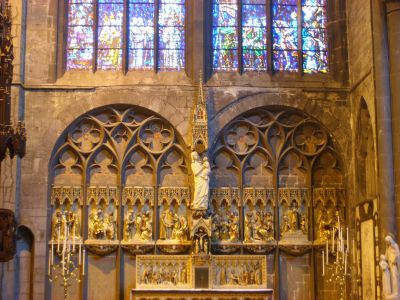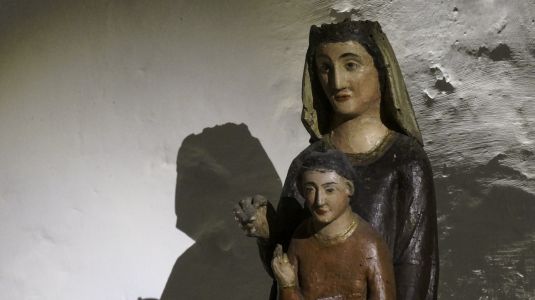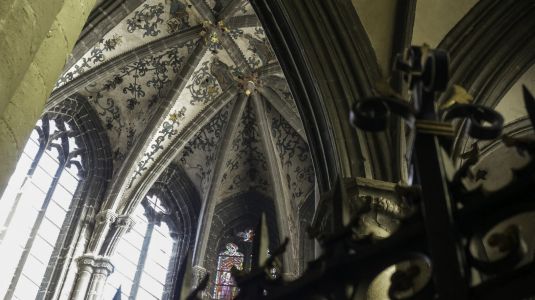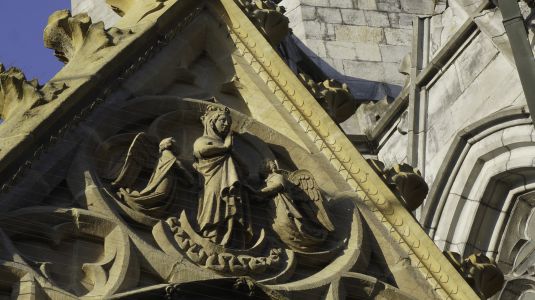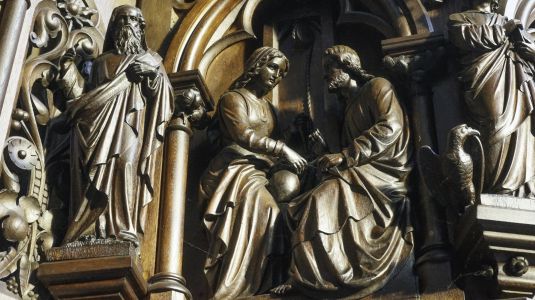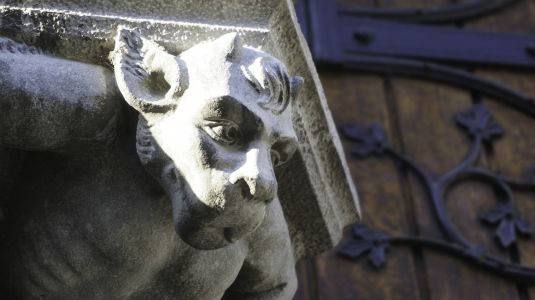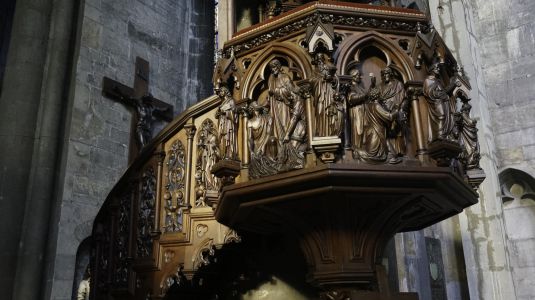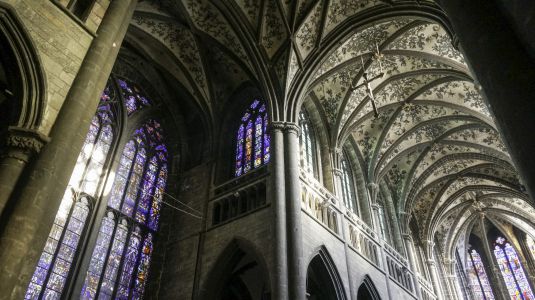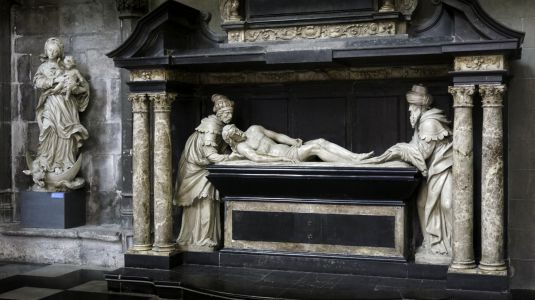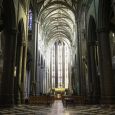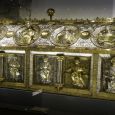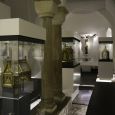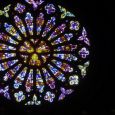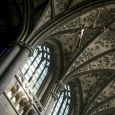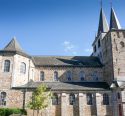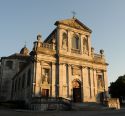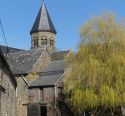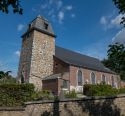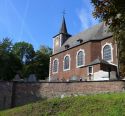Collegiate Church | XIV-XIX | Romanesque, Gothic | Catholic Church





Map
Opening hours
01 May - 31 October
Mon -
Tue 10.00 - 12.00 • 13.00 - 18.00
Wed 10.00 - 12.00 • 13.00 - 18.00
Thu 10.00 - 12.00 • 13.00 - 18.00
Fri 10.00 - 12.00 • 13.00 - 18.00
Sat 10.00 - 12.00 • 13.00 - 18.00
Sun 10.00 - 12.00 • 13.00 - 18.00
01 November - 30 April
Mon -
Tue 10.00 - 12.00 • 13.00 - 16.00
Wed 10.00 - 12.00 • 13.00 - 16.00
Thu 10.00 - 12.00 • 13.00 - 16.00
Fri 10.00 - 12.00 • 13.00 - 16.00
Sat 10.00 - 12.00 • 13.00 - 16.00
Sun 10.00 - 12.00 • 13.00 - 16.00
Treasury :
01/04 - 30/06 & 01/09 - 15/09
Saturday and Sunday : 2 pm - 4.45 pm
01/07 - 31/08
every day except Monday : 2 pm - 4.45 pm
or by arrangement : +32 496 02 70 65
Adults € 3 - children under 12 : free
Groups (minimum 12 persons) : € 2 per person
Religious offices
01/05 - 31/10
Monday till Friday : 5.15 pm Vespers - 5.30 pm Mass
01/01 - 31/12
Sunday 11.30 am
Description
The collegial church of Notre Dame is the main church of the town. It stands out thanks to its three towers well placed on the confluence of the Meuse and the Hoyoux. It is a Gothic building, constructed between 1311 and 1536, harmoniously blending 14th century radiance with 15th century flamboyant. It is built on the remains of an old Romanesque church of which the crypt still exists.
Noteworthy inside is “Li Rondia“ a large rose window that has been restored recently.
The church’s treasure is four large reliquaries from the 12th and 13th centuries of which one of Saint Domitien is attributed to Godefroid of Huy.
Photos
Media
Remarkable elements
Choir glass roof
The large glass roof of the choir consists of three parts with an exceptional height of twenty metres. The highest one-piece window in Europe.
Shrines and the Fabri Medallion
Of the twenty or so large Mosan or Rheno-Mosan shrines that remain, four are preserved in the treasury of the church Notre-Dame de Huy. The shrines of Notre-Dame, St. Mark, St. Domitian and St. Mengold are considered by specialists to be masterpieces of Mosan art.
The shrine of Saint Domitian is one of the few medieval silversmiths in the Rhine-Mosan provinces with which an artist's name can be associated, on the basis of convincing historical documents. This shrine, like the one of Saint Mengold, was indeed created around 1172-89 by a goldsmith named Godefroid.
It looks like a long chest topped by a gabled roof. It is made of a wooden core with visible surfaces entirely covered with metal plates: silver for the figures, gilded copper and brass for the decorative elements. As with his alter ego of Saint Mengold, the shrine of Saint Domitian was obviously cut by one-sixth of its original length, probably around 1720-1730, and inside the caissons there are two majestic figures in embossed silver, separated by a silver or copper column. Each side of the roof is carved with four depressed medallions (formerly five), occupied by the same figure of an angel in a bust, stamped in silver and holding a silent phylactery. One of the gables is occupied by a high relief in embossed silver representing a mitred character (Saint Domitian), the other shows a Christ in majesty.
The treasure owes its international fame to the medallion of the Tree of Life, known as the "Fabri Medallion" in reference to its donor; made around 1160, it is recognized as one of the most beautiful Mosan enamels that have survived to this day.
Portal of the Virgin Mary, also known as the Bethlehem
The imposing Bethlehem Gate is adjacent to the apse of the collegiate church. This Lorraine limestone work is a very fine example of 14th century Mosan Gothic sculpture. The central warhead is divided into three parts: left part: the Nativity and the Annunciation to the shepherds, central part: the Massacre of the Innocents, right part: the Adoration of the Magi. Two small lateral warheads from the late 19th century have been added. A complete restoration of this door was completed in November 2014.
Crypt
A Romanesque crypt was discovered under the collegiate church by the priest and dean Demaret in June 1906. It represents the only remains of the Romanesque church consecrated in 1066 by Prince Bishop Theoduin of Bavaria. It currently houses the Treasury.
Large rose window of the western tower
Li Rondia is the largest surviving Gothic rose window in Belgium. Dated back to 1508, its diameter is impressive: 6 m inside and 9 m outside. Since 1974, it has been decorated with contemporary stained glass windows by Raymond Julin from Liège (other works by this master glassmaker can be seen in the windows of the transept's crosspieces). A major restoration campaign, carried out from 1998 to 2007, restored the tower, rose and modern stained glass to its former glory.
The decoration of the vaults
The decoration of the vaults started with the choir. The date is written: 1523. The painter added the word "RODE" between two signs of combat (crossed swords). This word recalled an event in the Christian world of the time that was the heroic defence of the island of RHOTES (Rhodes) under siege by the Turks. Another date, 1536, marked on the vault near the tower indicates the completion of the building of the collegiate church. In the transept near the choir, the year 1810 gives us the date of restoration of the vaults by Havet following the fire of the spire and the roofs.




